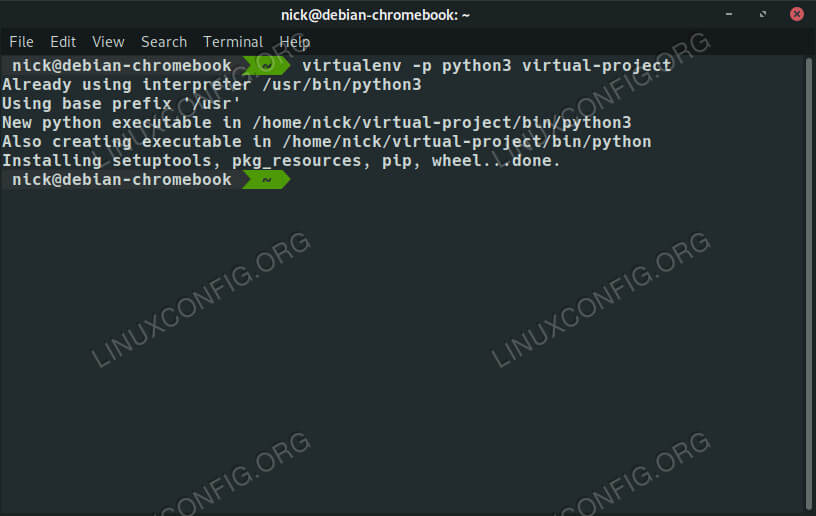


Here, I'm assuming the code will be under the MIT License. This file contains information about the copyright and license of the source code. For a single python file, just dh (without -with python) works.ĭepends: python-appindicator, $ĭescription: A simple hello-world program to demenstrate how to package a Note that there must be "tab" before dh -with python2, not spaces. Unless there is a it can be found in /usr/share/common-licenses License: (GPL-2+ | LGPL-2 | GPL-3 | whatever) Run dch -create in the directory to create a properly formatted debian/changelog entry.ĭebian/copyright should look like: Format: Here's your basic source package layout: my-script/ apt-get source something similar and learn by example. That said, I first learned the basics of Debian packaging by simply looking at Debian packages. While most of the packaging tutorials are a bit complex, they can really help if you hit a problem. What follows is a basic example of how a source package for a python script might look.


 0 kommentar(er)
0 kommentar(er)
